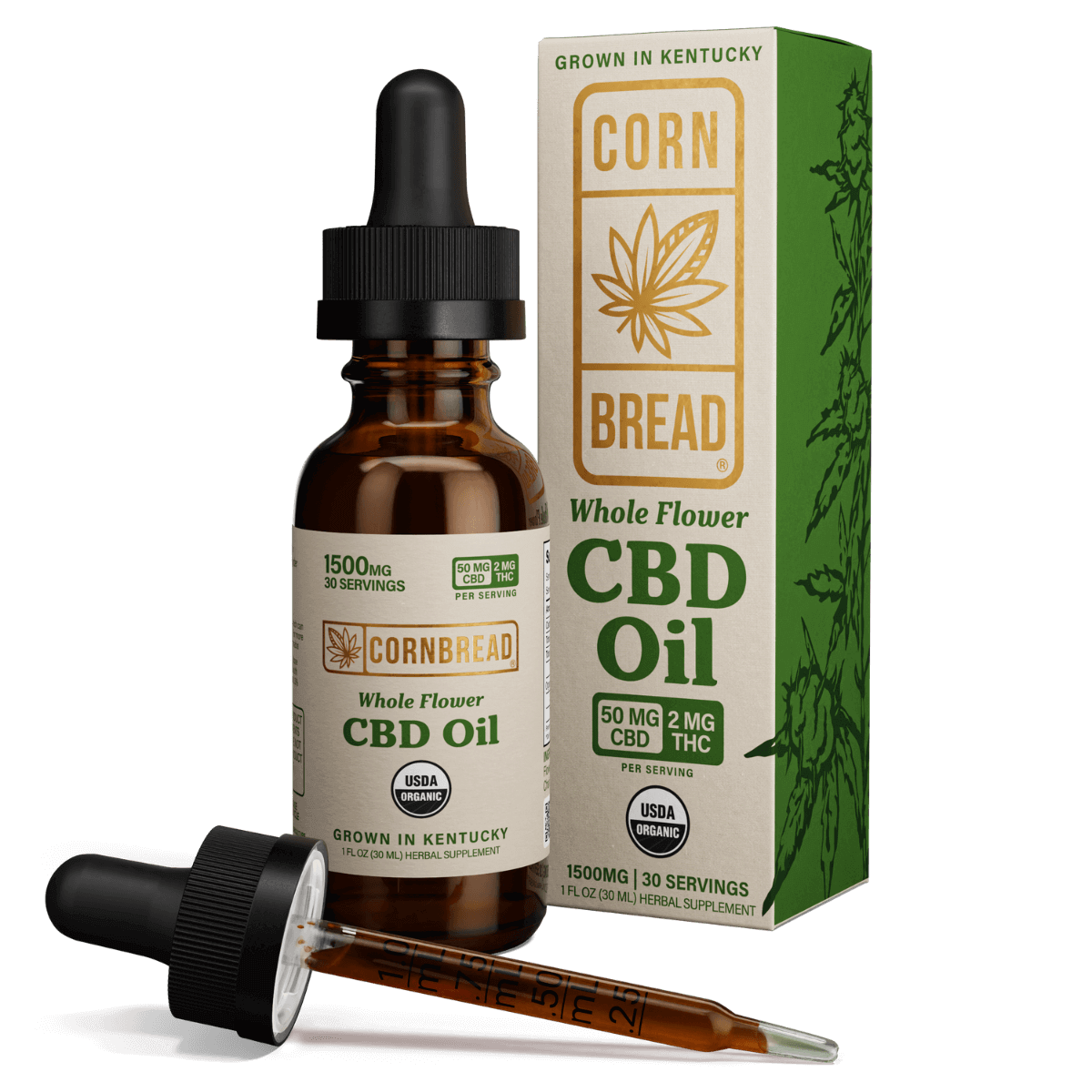You’ve likely heard of some of the benefits attributed to cannabinoids — compounds found in the cannabis plant. Take CBD (cannabidiol), for example: This widely popular cannabinoid has been found to relieve pain, improve sleep, and reduce inflammation, among other benefits. But how and why do cannabinoids like CBD create these effects on the body? This is where the endocannabinoid system (or ECS) comes in.
What is the endocannabinoid system and what is its role? In simple terms, the ECS is a signaling system within the body that interacts with cannabinoids when they’re consumed or used topically. But there’s more to it than that — in fact, a lot more. Keep reading to learn more about the ECS and its impact on our health and well-being.
What is the endocannabinoid system and what is its role?
What does endocannabinoid mean?
The word “endocannabinoid,” where “endo” comes from a Greek word meaning “within,” quite literally means “cannabinoids created within the body.” You heard that right — the human body creates its own cannabinoids (in the form of endocannabinoids), which interact with the ECS in the same way cannabinoids do.
What is the endocannabinoid system?
The ECS is an extensive network within the body comprising both chemical signals and cellular receptors. These receptors (known as “CB1” and “CB2”) are distributed throughout the body and highly concentrated within the central nervous system. They influence the operations of neurotransmitters, increasing or decreasing their activities, in order to maintain homeostasis (overall balance) within the various systems.
In this way, the ECS helps regulate our bodies’ most vital functions — from digestion and immune response to mood and appetite — demonstrating its critical role in maintaining overall balance and well-being within the human body.
There are two types of chemical signals within the ECS — endocannabinoids and enzymes:
- Endocannabinoids carry instructions to the receptors — for example, to lower temperature, raise awareness, or increase hunger.
- The ECS enzymes limit production of endocannabinoids and break down both endocannabinoids and cannabinoids after they’ve performed their functions.
Mandy Bliss, MSN, APRN, FNP-BC, PMHNP-BC, sits on the Cornbread Hemp Medical Advisory Board. She began studying cannabis and utilizing CBD in her practice over seven years ago as a way to help patients with pain relief. “The ECS could be likened to other signaling systems in the body, such as the endocrine system (or hormonal system),” she explains. “Just as with hormones, our bodies make their own cannabinoids, which act as signals and have far-reaching effects everywhere in the body.”
What does the endocannabinoid system do?
While we understand more now than we did three decades ago when the endocannabinoid system was discovered, scientists still have more to learn about the ECS. We do know that the endocannabinoid system plays an important role in protecting and healing our bodies by helping to regulate other vital systems. The exact effects of its influence are determined, at least in part, by which cannabinoid or endocannabinoid binds with or influences which receptor.
Within a properly functioning ECS, the body produces endocannabinoids which then bond with ECS receptors. These bonds act as signals to the cells — eliciting different responses and making specific adjustments — to maintain a balance within the body’s various other systems. The enzymes then get to work, breaking down any excess or exhausted endocannabinoids, further preserving homeostasis.
The ECS is important because it affects every vital function. “Its receptors are found throughout the entire body and are especially abundant in the brain, reproductive organs, and gut,” says Bliss.
Five of the most important functions the ECS assists with are metabolism, sleep, mood, cognition, and immune response. Other functions the ECS is involved with include:
- Stress responses
- Aches & pains
- Inflammation
- Euphoria from exercise (“runner’s high”)
Activating the ECS with Cannabinoids
While the structures of CBD and THC were known by scientists as early as the 1960s, little was understood about how these compounds produced effects within the body. A major breakthrough occurred after the ECS receptors CB1 and CB2 were discovered in the mid-1980s.
“Receptors don’t exist because there’s a plant out there,” explained Raphael Mechoulam, known as the “father of cannabis research” in an interview. “Receptors exist because we, through compounds made in our body, activate them. So we went looking for the endogenous [within the organism] compounds that activate the cannabinoid receptors.”1
Indeed, it turned out that cannabinoids are naturally produced in human and animal bodies. When found within the body, cannabinoid compounds are known as endocannabinoids — named after cannabinoids. When found in plants such as the cannabis plant, they are called phytocannabinoids.
Because phytocannabinoids interact with ECS receptors just as endocannabinoids do, they can help to modulate the ECS and are an effective and safe option when treating a wide array of health conditions.
There are over 120 different known phytocannabinoids present in the cannabis plant. While there’s crossover with regard to the effects they have on the ECS, research suggests each phytocannabinoid produces unique benefits. Some are widely used today to relieve a variety of issues including insomnia, inflammation, and chronic pain. These phytocannabinoids include:
- CBD, the most well-known cannabinoid (aside from THC)
- CBN (cannabinol), which forms when THC degrades from exposure to air, light, or heat
- CBG (cannabigerol), known as the “mother of all cannabinoids,” as it’s the cannabis compound from which all other cannabinoids develop
Full Spectrum CBD and the ECS
Although cannabinoid isolates (isolated forms of a single cannabinoid compound) are marketed for their specific benefits, no cannabinoid is found alone in nature. In fact, over 400 chemical entities coexist within the cannabis plant. These include cannabinoids, as well as terpenes and flavonoids (aroma molecules).2
When used together, these compounds work synergistically and are more effective than any single cannabinoid. This phenomenon is referred to as the “entourage effect.” This is the reason full spectrum CBD — which contains all cannabis compounds and not just CBD — has been found to have the greatest positive effect on the ECS, as it enhances the efficacy of each individual cannabinoid.
Achieve Optimal ECS Health with Cornbread Hemp
Just as a well-functioning ECS can regulate your mood and other vital functions, it’s also true that poor sleep, malnutrition, and physical or emotional stress can disrupt your endocannabinoid system. Fortunately, some of the key benefits to taking a full spectrum CBD supplement, such as improved sleep and reduced stress, can help consumers address these lifestyle factors.
At Cornbread Hemp, we understand the importance of cannabinoid quality when it comes to promoting optimal ECS function. This is why we offer the highest-quality CBD products, made from the flower only, containing the full spectrum of cannabis compounds including 2 mg of THC, and USDA-certified organic through every step of the process. Shop our CBD collection now.










 Log in
Log in






















